Album:Vegetable Oil Conversion:The Tanks
 |
 |
 |
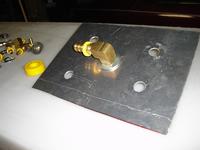 |
|||||
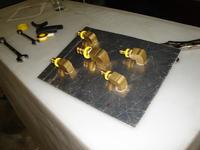 |
|||||
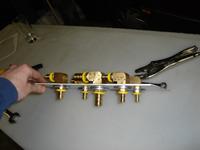 |
|||||
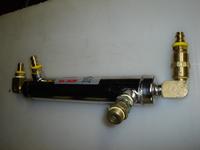 |
|||||
is what brings the hose into the tank. (
are added. The street 90° connector is just to make the hoses cleaner. (
(
with pushlock fittings (
 |
|||||
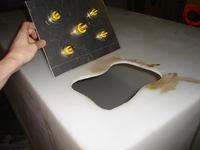 |
|||||
 |
|||||
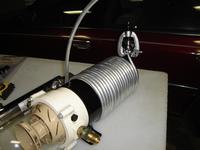 |
|||||
on Racor filter (
to fit the tank plate (
(
around the filter to help add heat to the system and make the filters work easier. Notice the mistake in this photo?... (
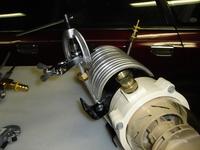 |
|||||
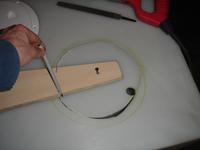 |
|||||
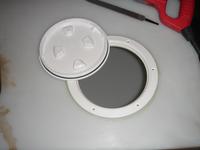 |
|||||
 |
|||||
make sure you have the flare nut already on the tubing (like I forgot in the last photo and had to fix). Oops. (
It's good to have a port into the dirty tank for cleaning and maintenance. The cut isn't easy to make (especially since I was using a bulky skilsaw), so getting this right was tricky. I made this simple jig to run a pen around, and then I actually used it to hold the skilsaw (notice the cut at the top of the wood). It somewhat worked. (
in place, and that's what matter - only one of the screws couldn't grab plastic, and it shouldn't be a leak problem. (
some light plastic waste leftover from the tank fabrication. I didn't know this until I made the tank port, and unfortunately it was on the far side of the tank. Urgh. I built this makeshift stick/razor and hacked at it until it was clean enough that I didn't have to worry about plastic getting in my oil fuel. (
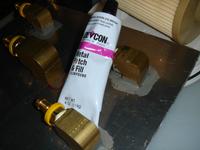 |
|||||
 |
|||||
 |
|||||
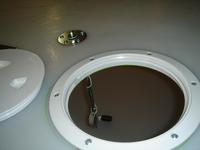 |
|||||
The drill press I borrowed to make the tank plate holes had some bad wobble and there were light gaps under the street 90s. The washers on the other side should cover them fine, but to be safe I used this fill compound that can handle fuel & oil at high temps. (
are just coolant coils. This will hang from the tank plate inside the tank. Run hot coolant through the coil and the oil warms up. What nobody told me is that the copper starts to gunk up with green oxidization goop from sitting in the oil. I'm guessing that's not good for the engine. I've since replaced one of the coils with aluminum, and eventually want to replace all of them. It's easy to find copper tubing, but you can get aluminum tubing online (it's used for racing fuel lines) and I recommend not making this mistake. (
with tank plate, tank port, and the top of the fuel gauge sender unit. (
seen inside the tank via the tank port. (
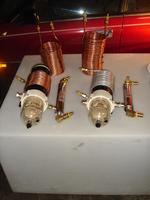 |
|||||
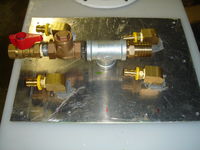 |
|||||
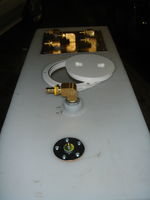 |
|||||
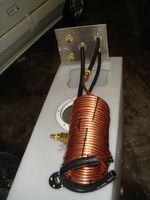 |
|||||
two to heatup the filters and two to heat the tanks. (
also has one-way feed for the overflow from the clean. If we pump too much from the dirty to clean, it will just push it back into the dirty tank, no mess. The one-way is done by a one-way check valve with a hand operated valve as a safety. If the filling (into dirty) pressure is too much for the check valve, I'll just close the manual valve when filling. (
gets the same treatment as the dirty tank. (Bottom->top) Fuel gauge, outlet for overflow, inspection plate (only 6" here), hookup plate. (
and pickup. (
 |
|||||
(
 |
 |
 |
Album created by album generator from Marginal Hacks by David on Thu Jan 28 03:52:59 2016